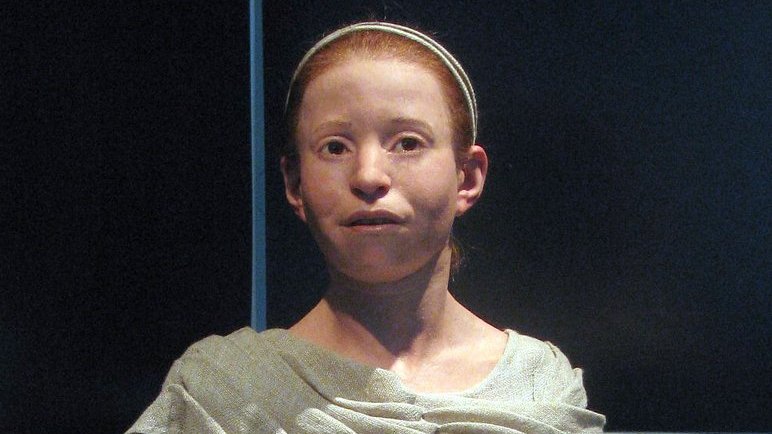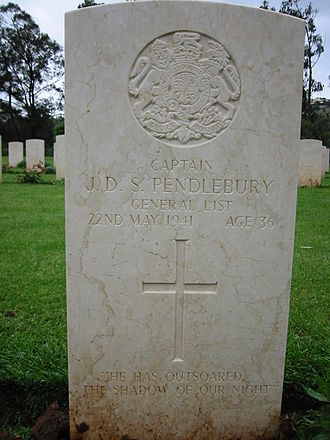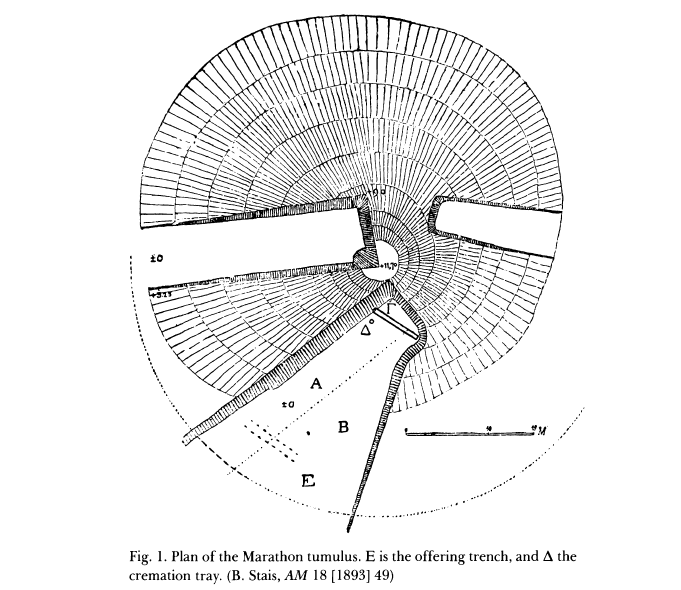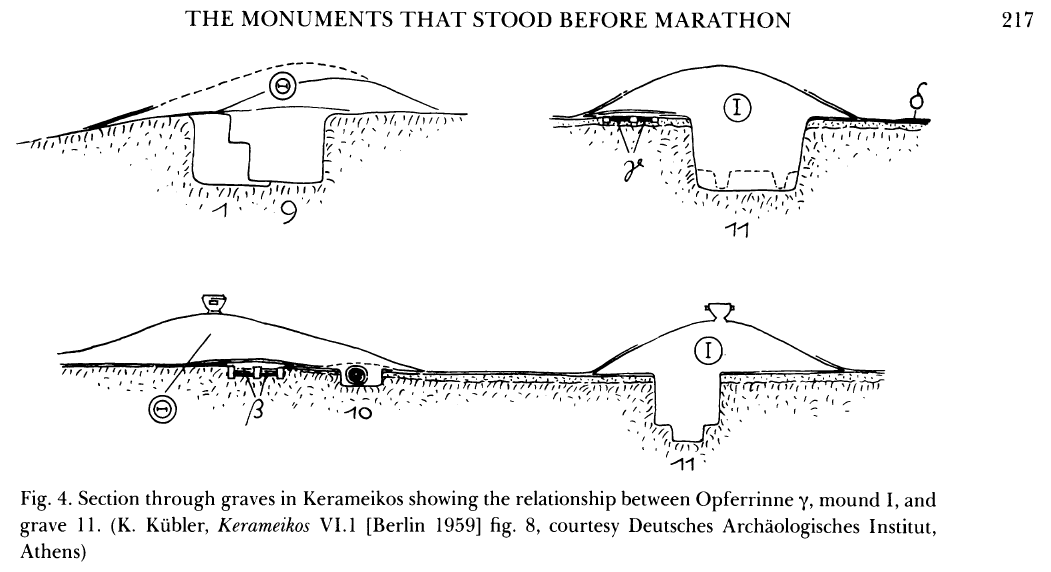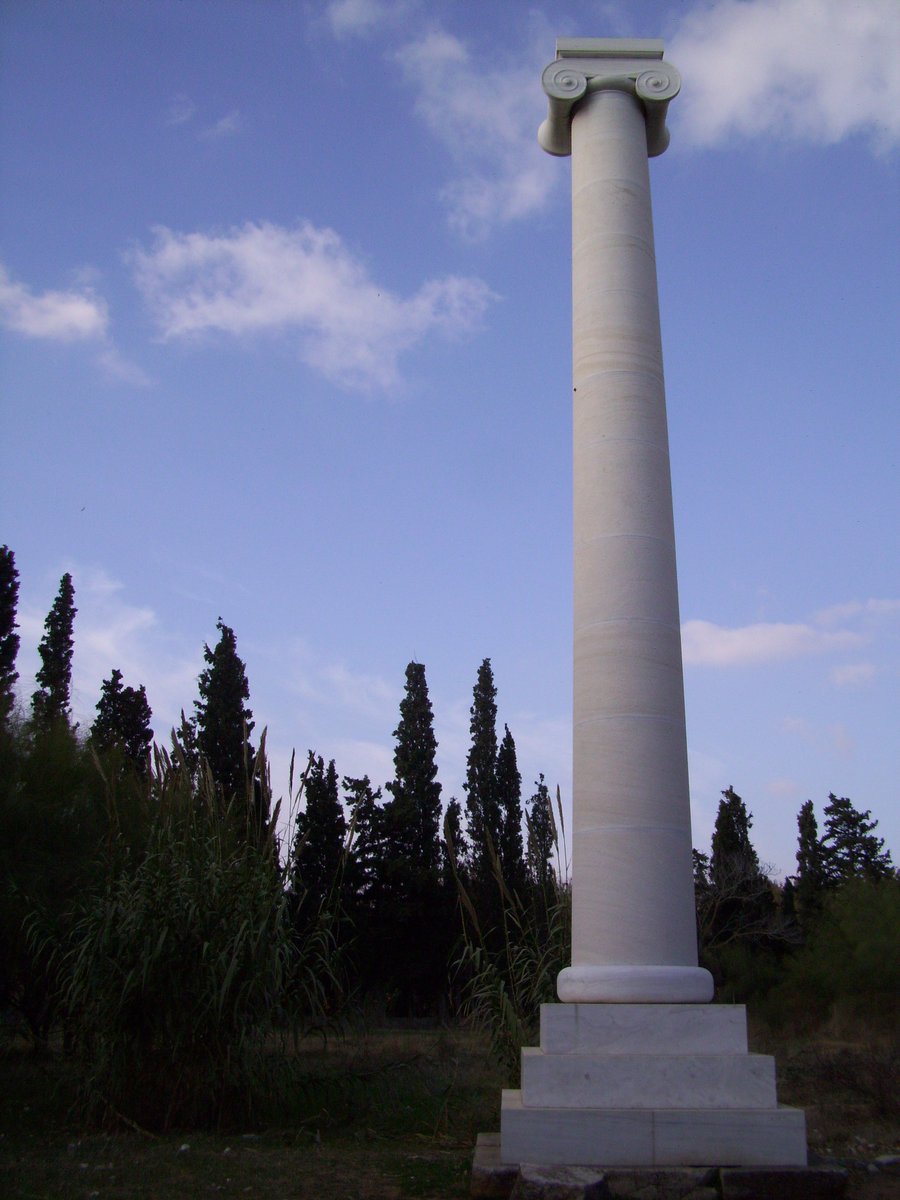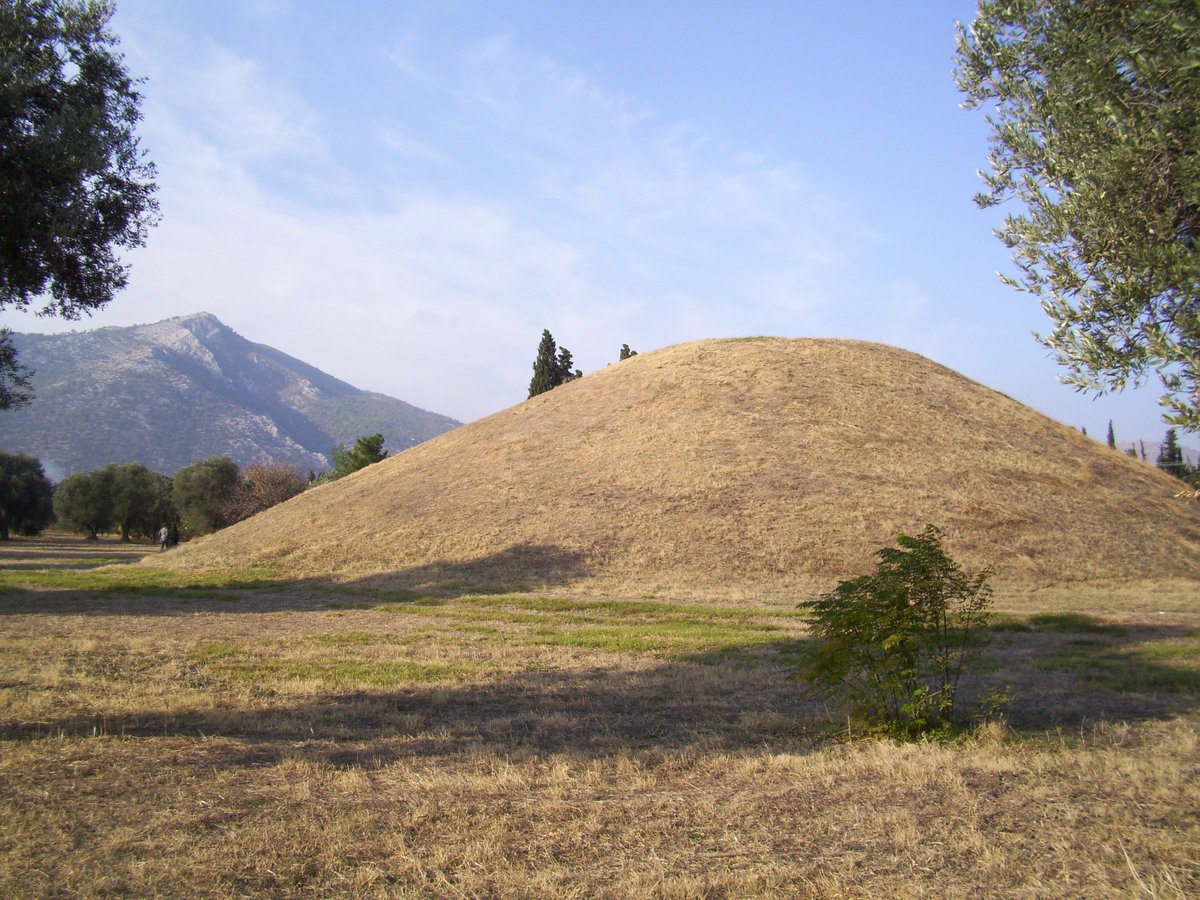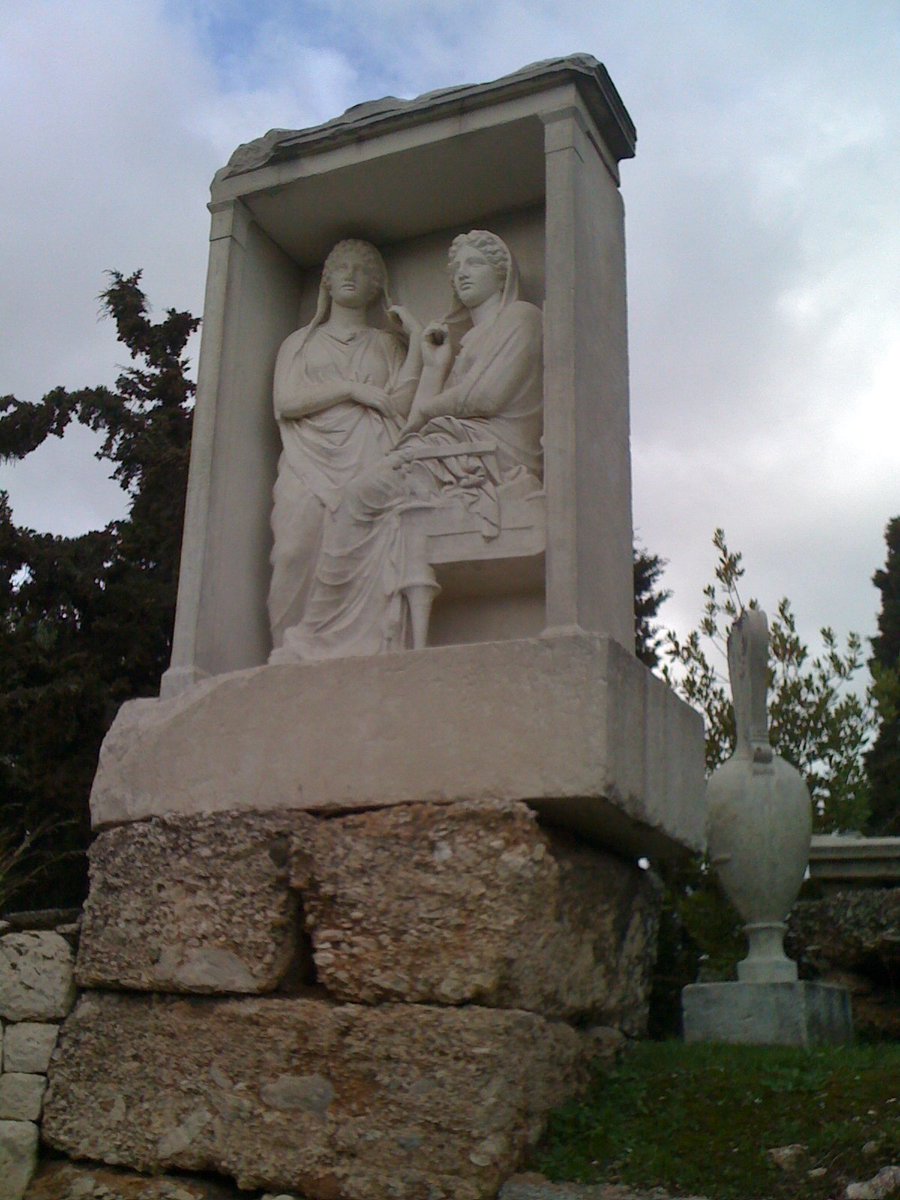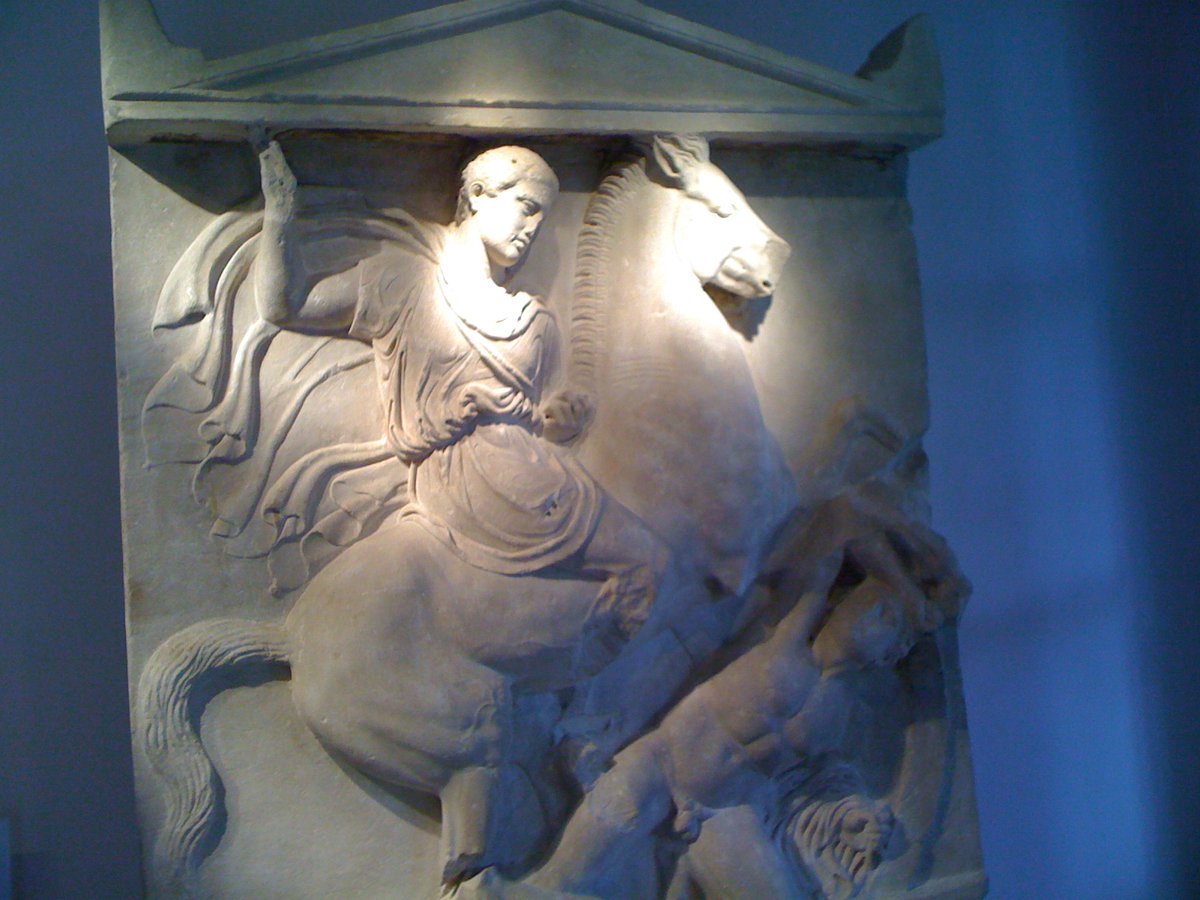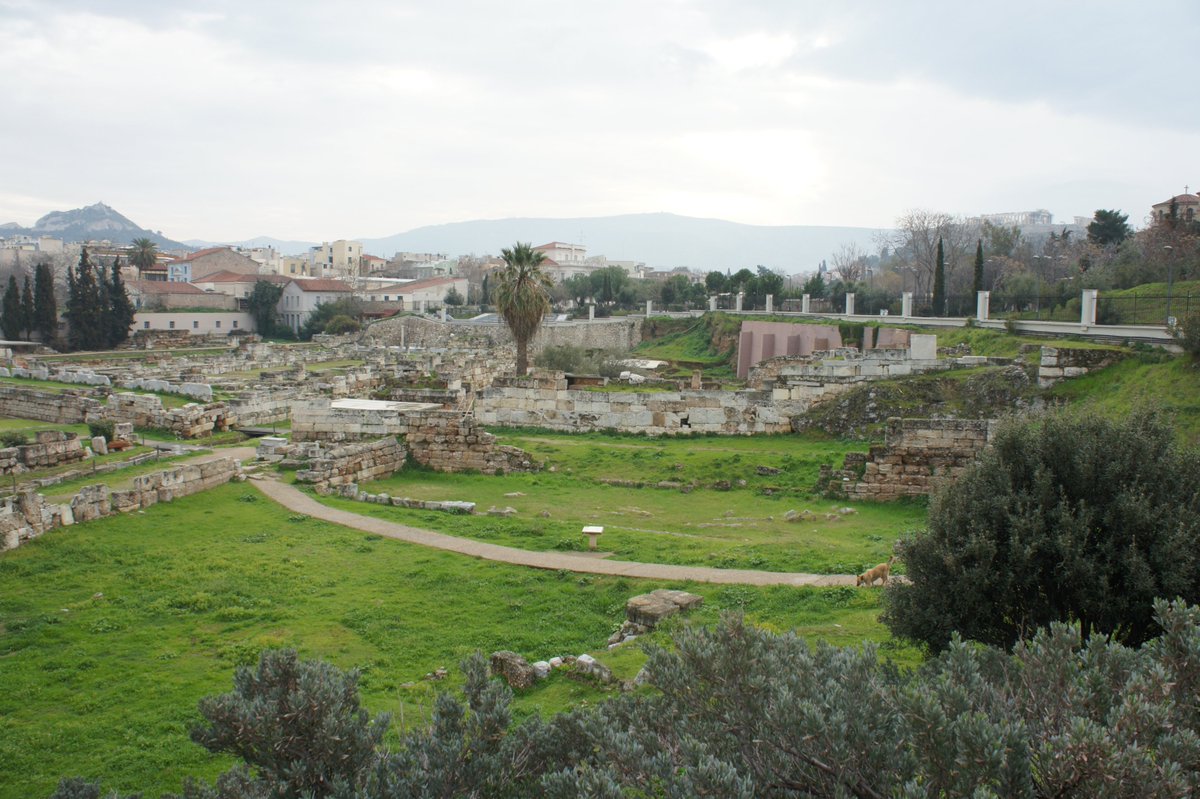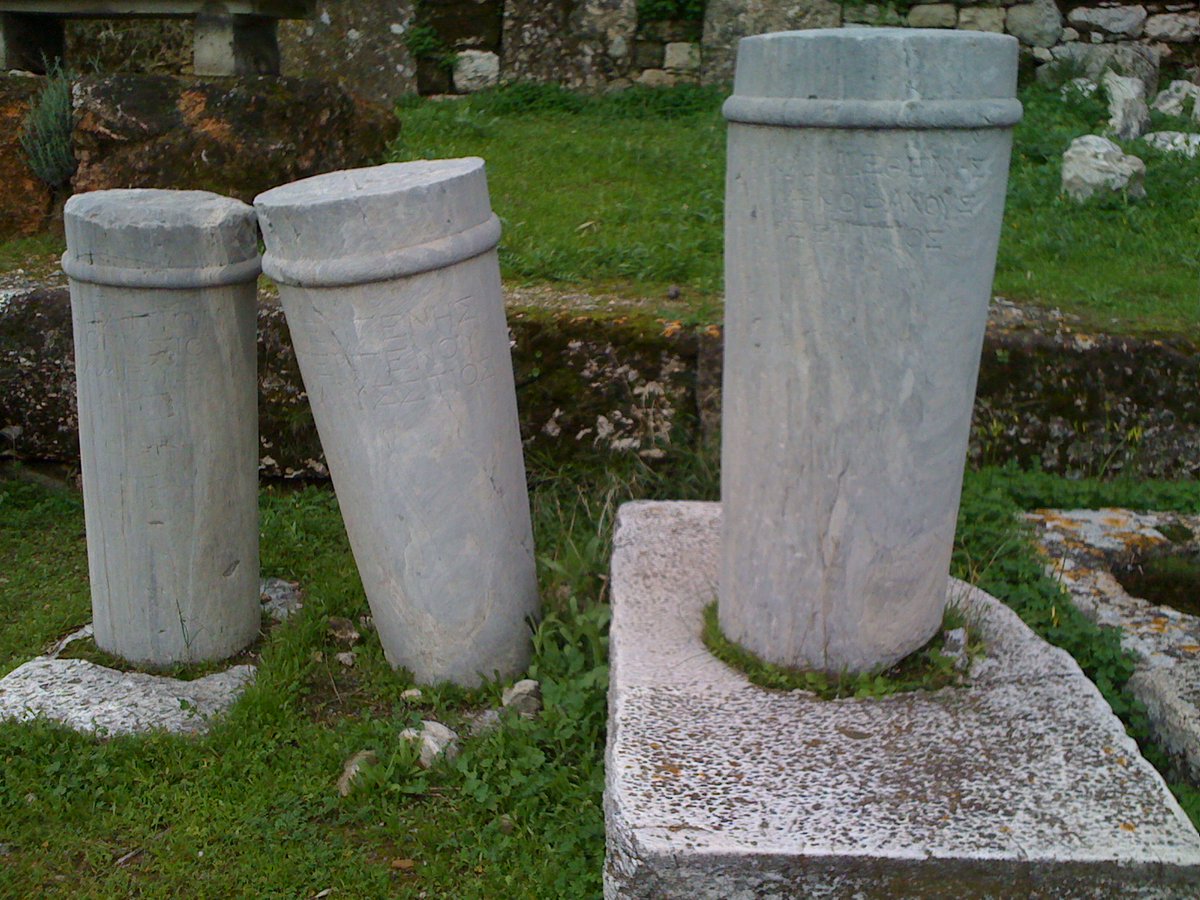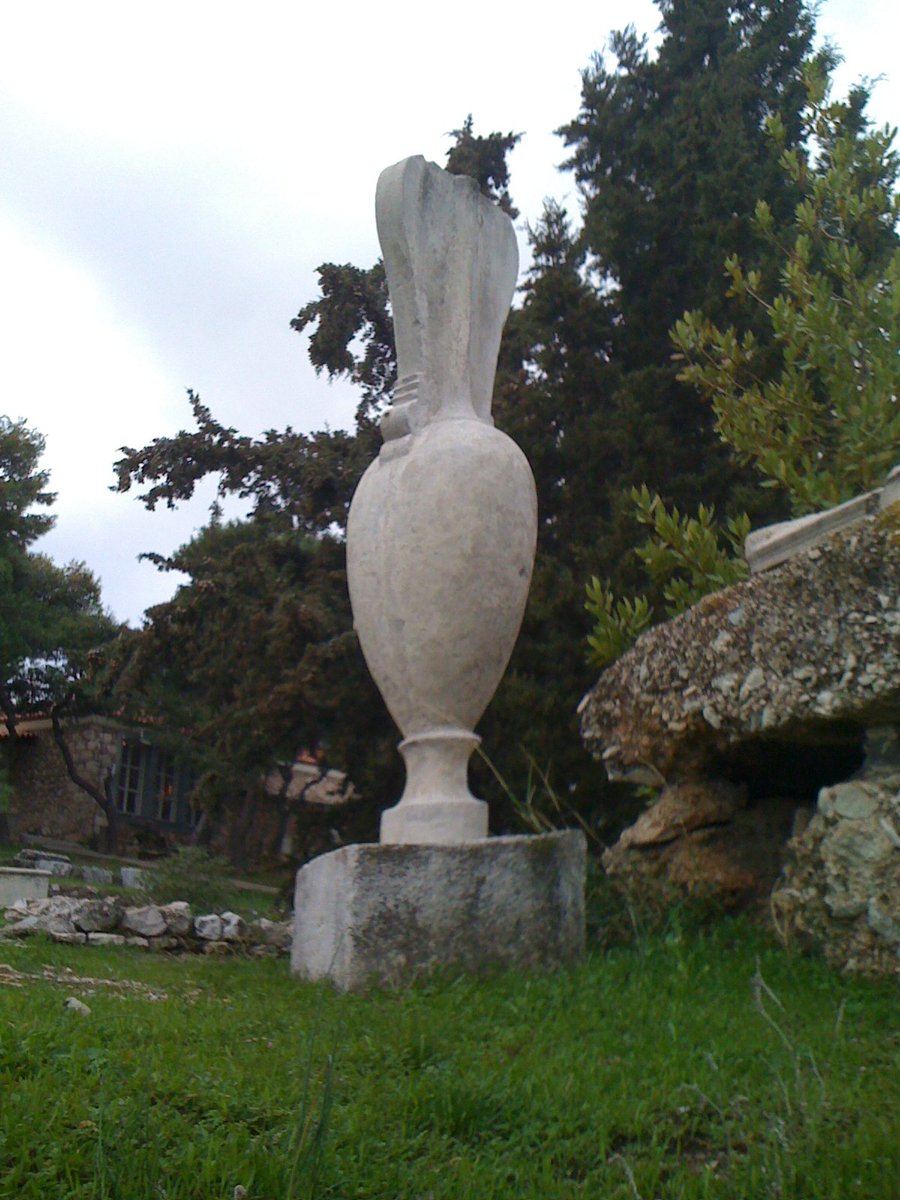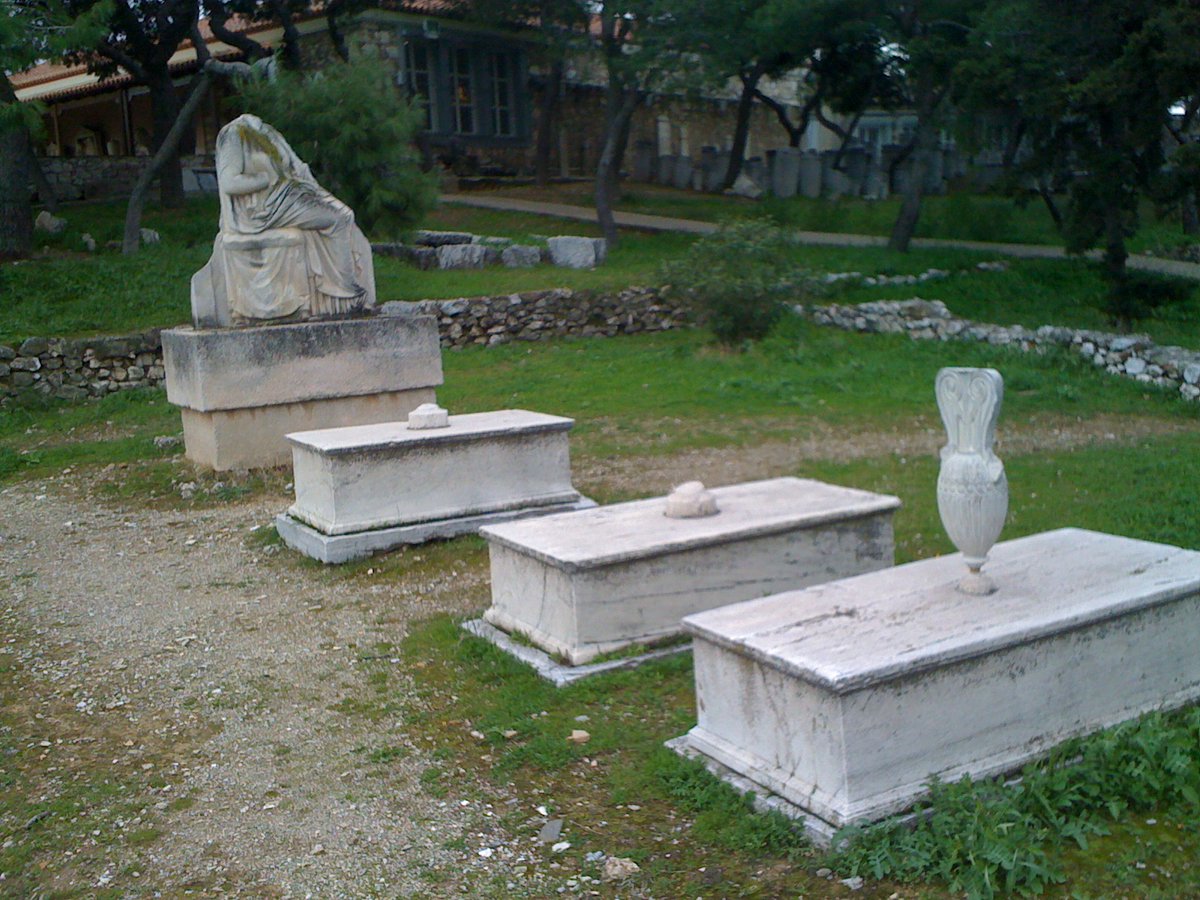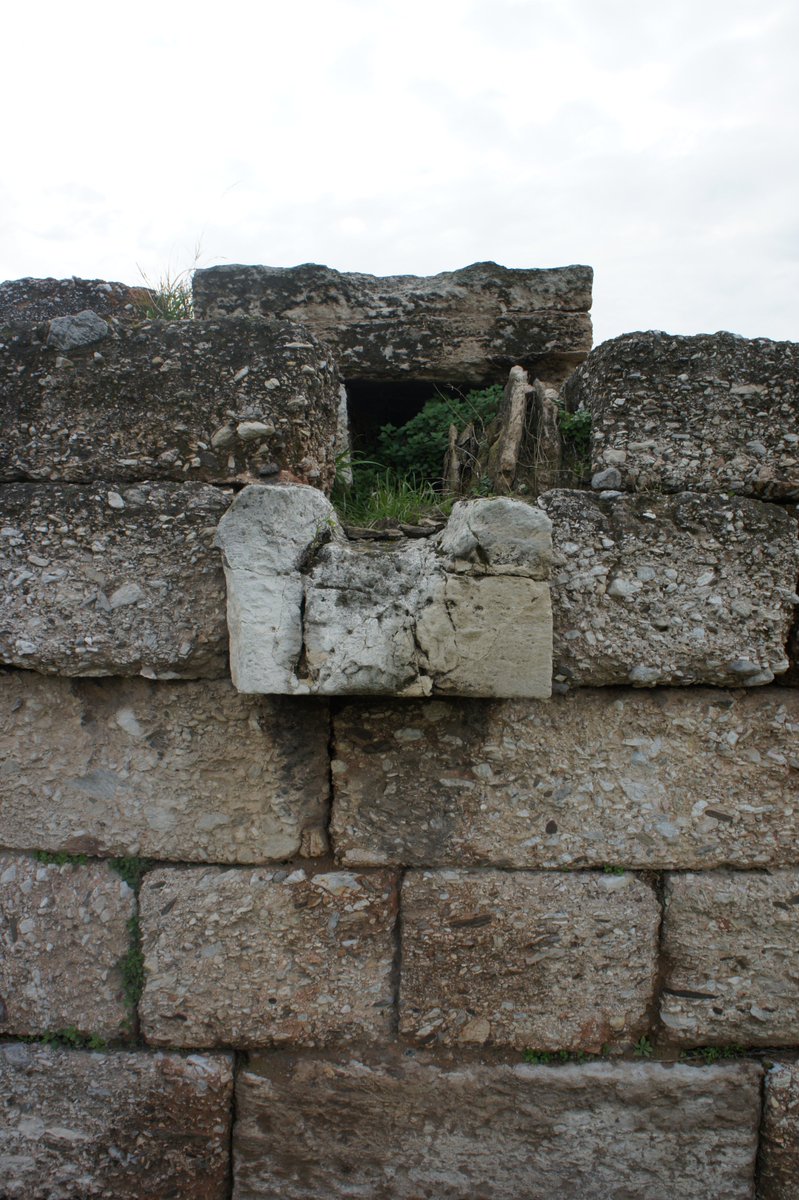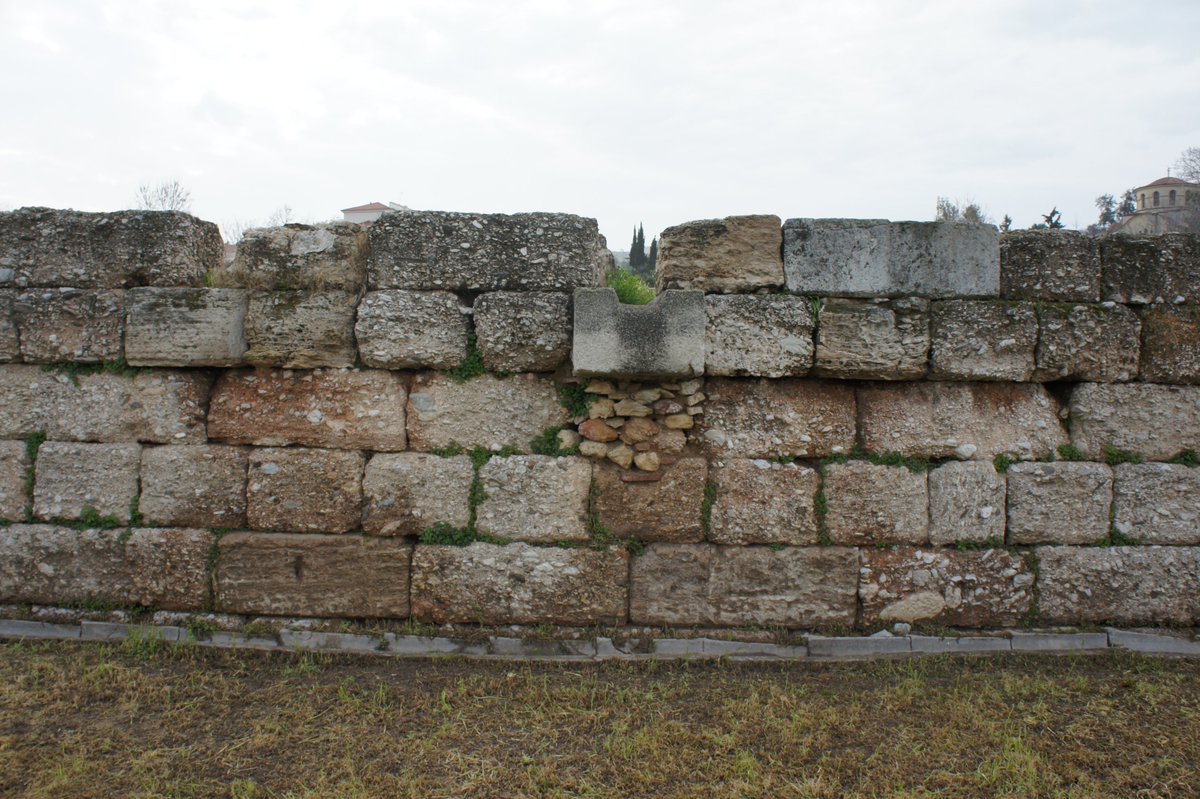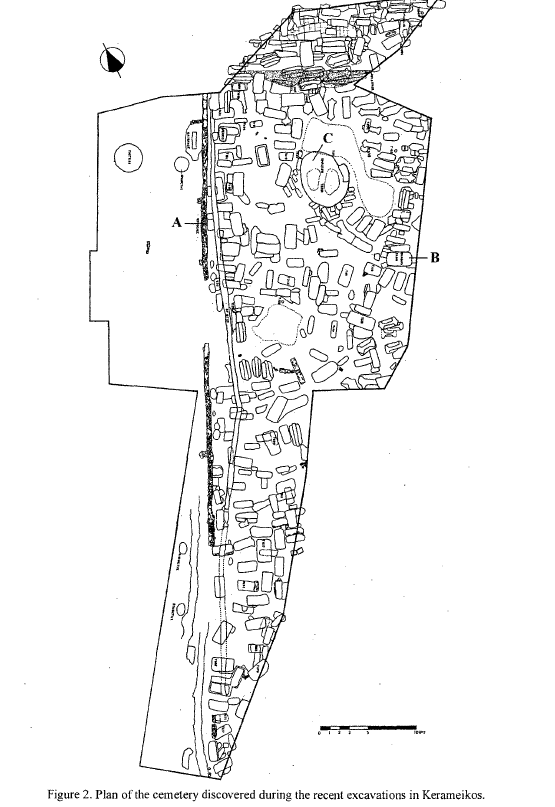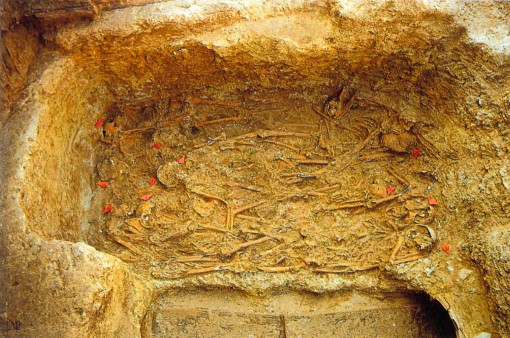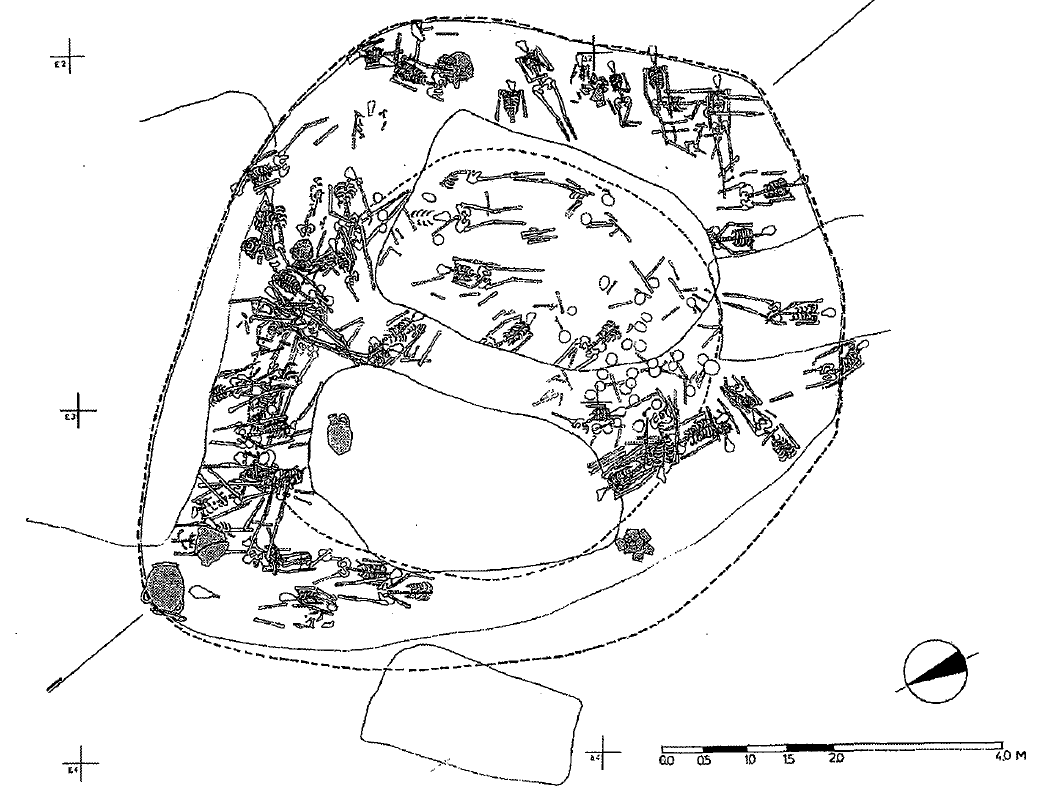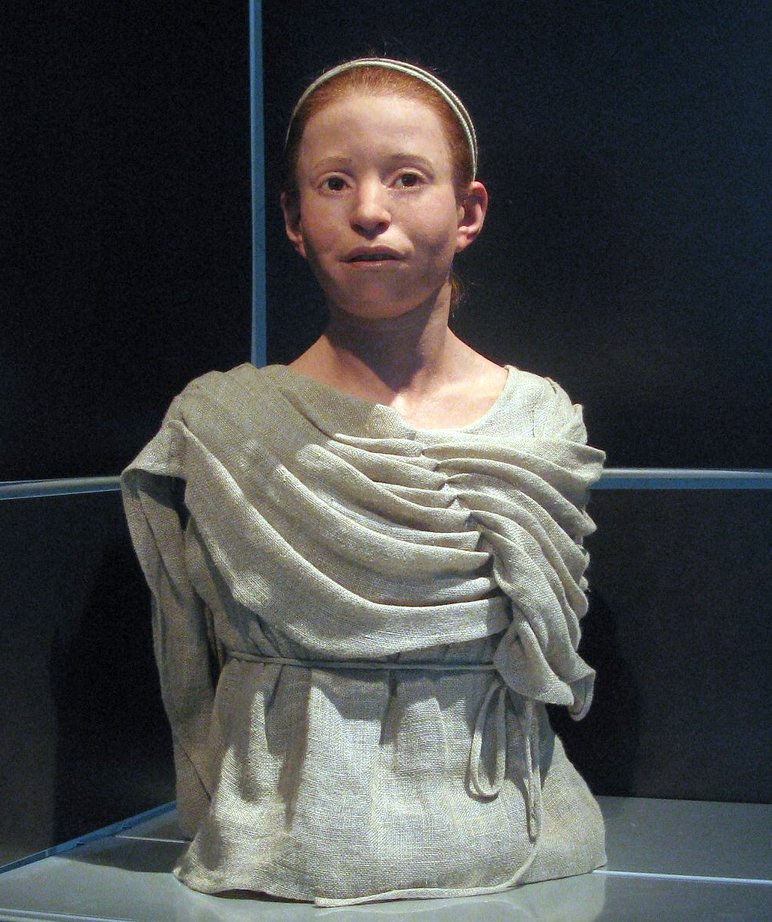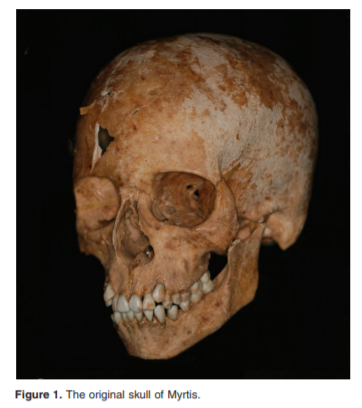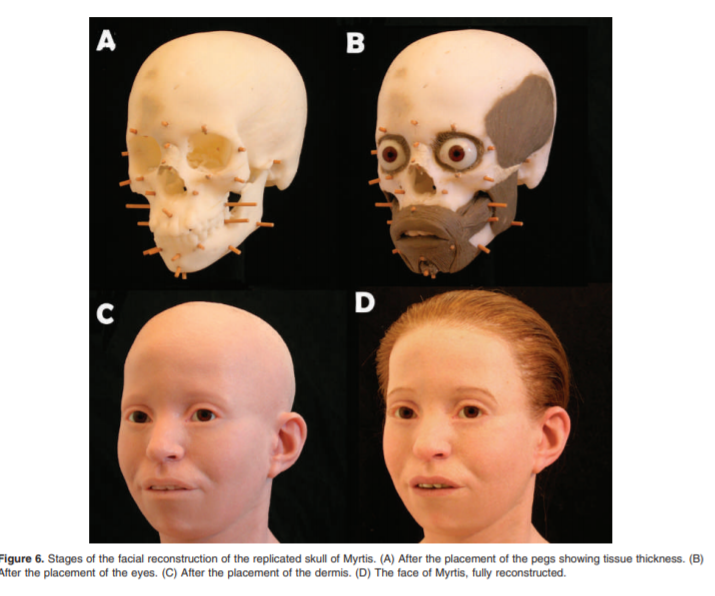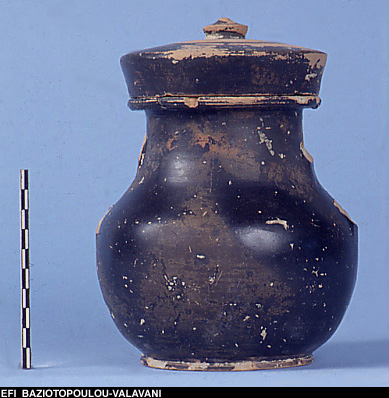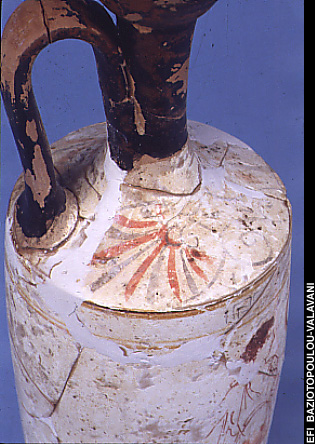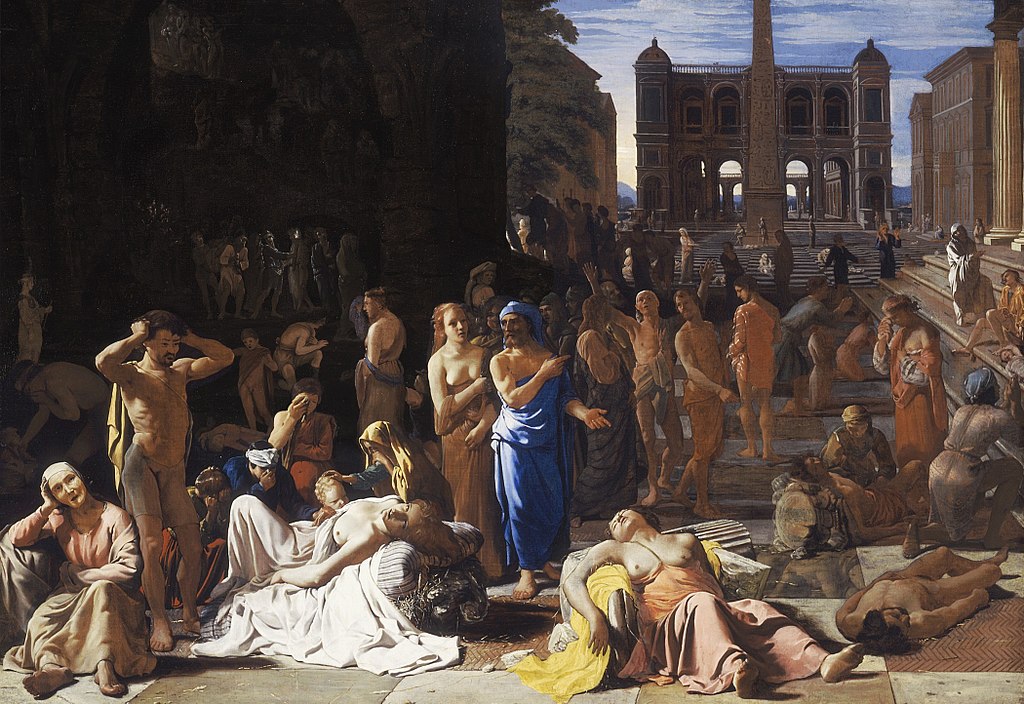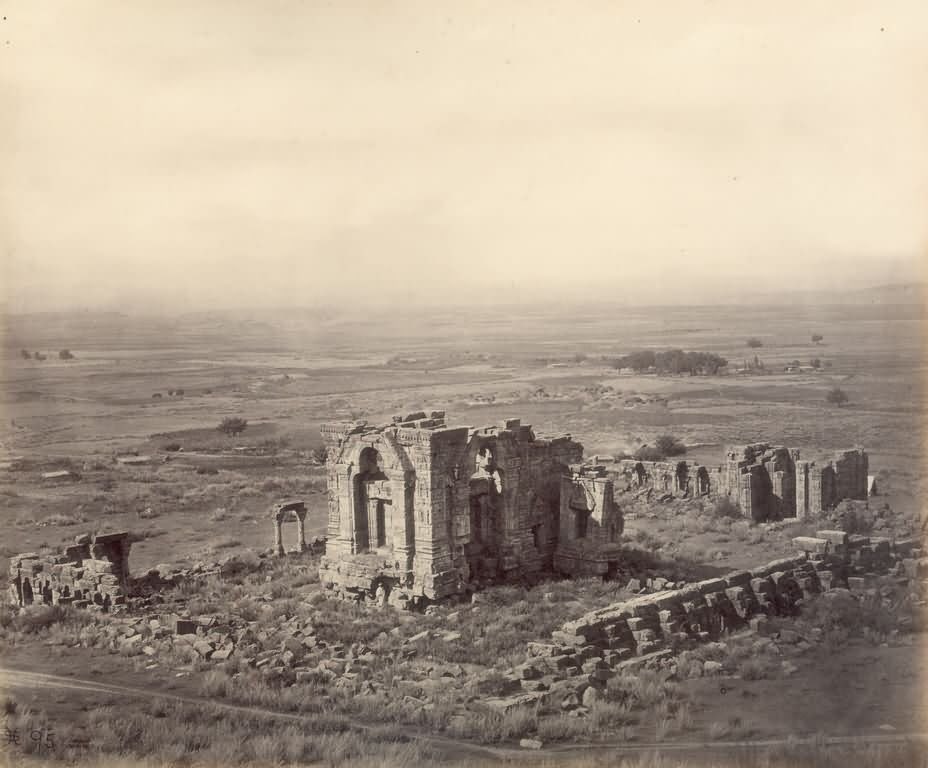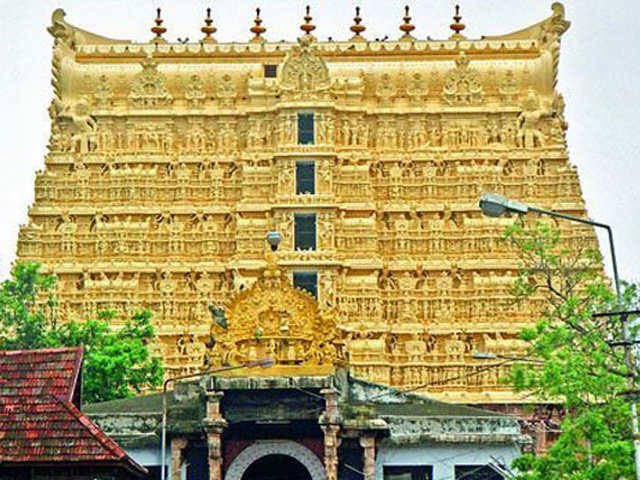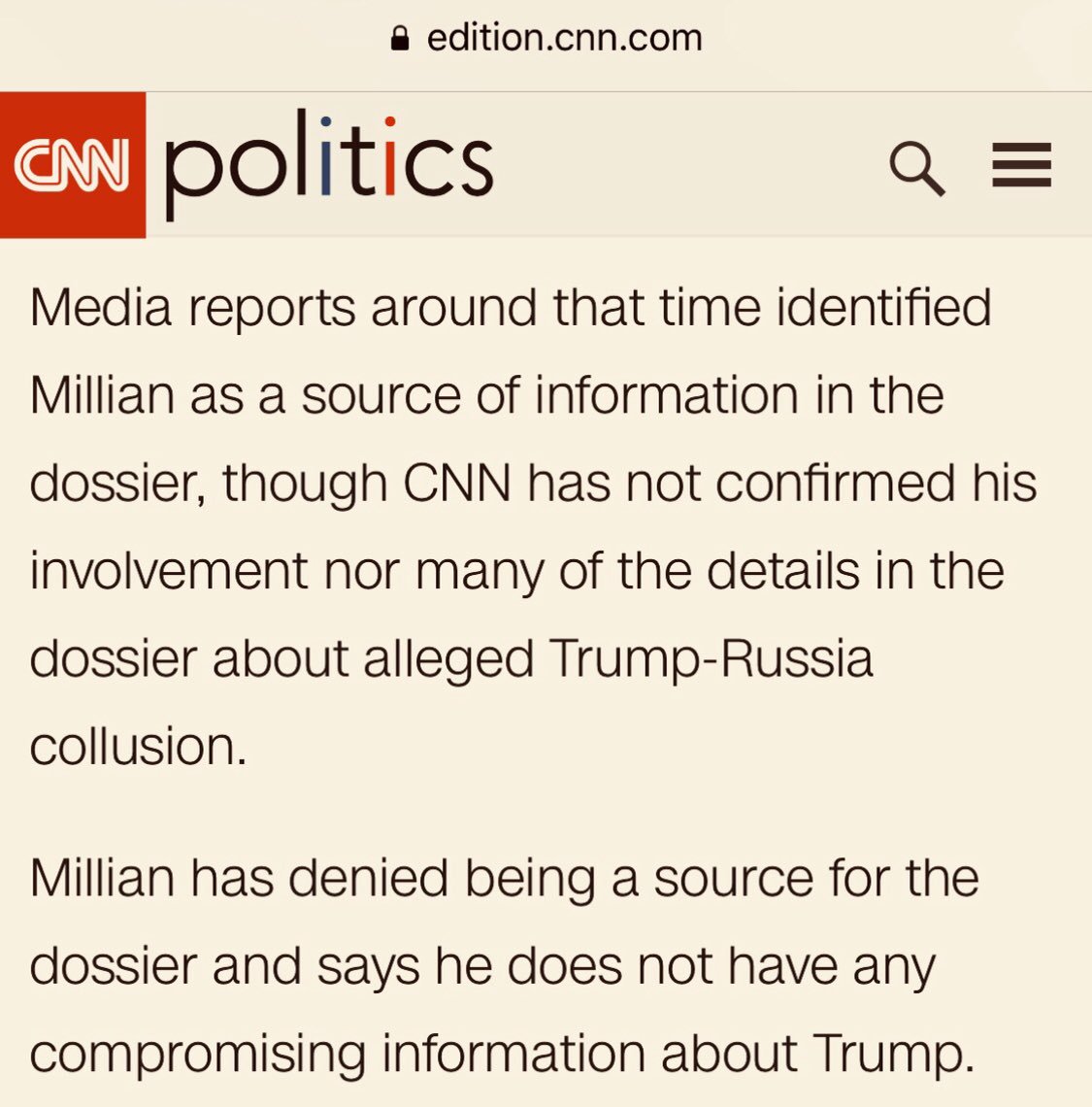And a thread on Pericles’ failed leadership during the plague here:
/2
In many ways, our treatment of our dead loved ones is at the core of our shared humanity. Human groups develop rituals to mark the passing of those dear to us
/3
“All the funeral customs they usually observed were cast into confusion and each buried their dead as best they could” (2.52, transl. Mynott)
/17
/18
The picture is one of total chaos
/19
The large pit was first dug into an area of an existing cemetery, disturbing earlier graves
But these individuals were treated respectfully
/20
The disturbed burials were carefully laid to rest before filling the pit with plague victims
Throughout this burial, the details reveal clear effort made to honor the dead
/21
The grave offerings consisted of 30 small vases scattered among the dead, especially in the lower layers
/23
Despite the recognized danger, care was made to bury these people
/24
But this mass-grave provides a wealth of detail to understand ancient Athens
/25
I’m not here to debate, but I hope continued study of the victims continues to tell us more about life and death in ancient Athens
/27
“This mass burial is therefore a sort of state burial. But this time the state does not honour its dead soldiers of a vigorous battle. This time the state buries the anonymous poor people” (Baziotopoulou-Valavani, 200)
/28
We can use the same remote-sensing methods used to identify ancient tombs from space (e.g., the work of @indyfromspace) to see our own mass burials: space.com/iran-coronavir…
/30
We have modern technology to both help with the disease and to live-stream funerals of our loved ones
/31
So, make sure you continue to show your love
If history teaches us anything, it’s that we’ll make it through this without breaking our humanity #StayHome #MenoumeSpiti
/32
This is probably the last of my threads on the Athenian plague. But, I'm hoping to write some on ancient Greek health care
In the meantime, check out my thread on Neandertal burial. I wrote it in honor of my (still-missed) dad

